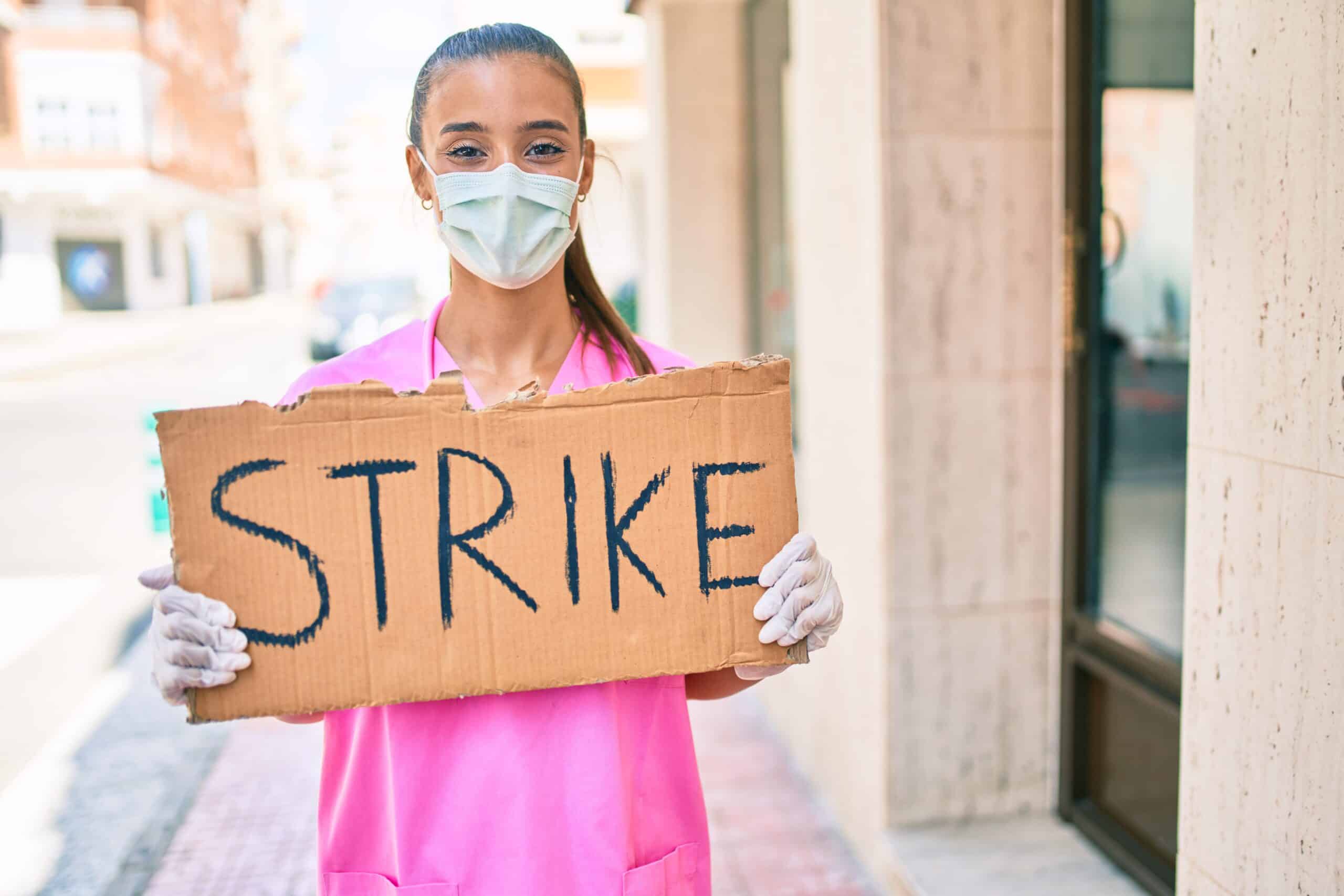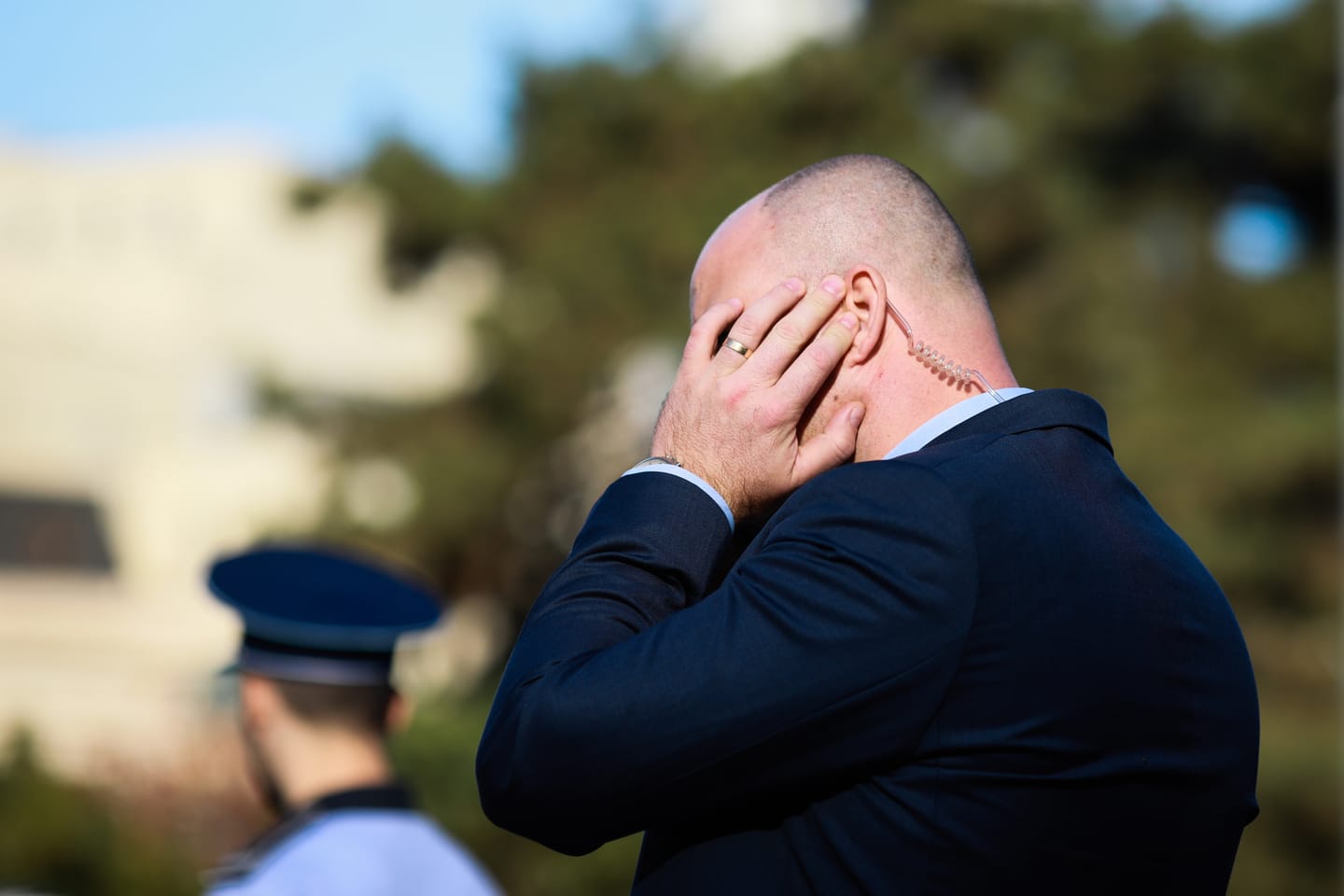Estimated reading time: 5 minutes
In the high-stakes arena of strike security, professionals face unique challenges that demand a specialized skill set. This article delves into the critical skills every strike security professional must master to ensure safety, maintain peace, and uphold the law during labor disputes. These skills are not just vital for managing the immediate challenges of a strike. Still, they are pivotal in preventing escalation and ensuring a resolution respecting all parties’ rights and safety.
Table of contents
Conflict Resolution and Negotiation
Understanding Conflict Dynamics
Conflict resolution and negotiation are cornerstone skills in strike security. Professionals must grasp the underlying causes of disputes and the dynamics at play. This understanding helps craft strategies that address root issues, fostering an environment conducive to dialogue. Effective conflict resolution hinges on empathy, active listening, and the ability to remain impartial, ensuring all parties feel heard and valued.
Techniques for De-escalation
De-escalation techniques are crucial for preventing minor disagreements from escalating into significant confrontations. Security personnel should be trained in verbal and non-verbal communication strategies that calm tensions. This includes using a calm and steady tone, maintaining open body language, and employing conflict de-escalation techniques such as active listening and validating the emotions of each party involved.
Negotiating Peaceful Outcomes
Negotiating peaceful outcomes requires strategic thinking, patience, and strong communication skills. Security professionals must develop negotiation tactics prioritizing mutual gains and seeking solutions beneficial to all parties. This involves understanding the negotiation process, setting clear objectives, and employing persuasive communication techniques to guide discussions toward a constructive resolution.
Surveillance and Monitoring
Technology in Surveillance
In strike security, surveillance, and monitoring technologies play a pivotal role. Mastery over surveillance tools—such as CCTV systems, drones, and monitoring software—enables security professionals to maintain situational awareness. They must stay abreast of technological advancements and possess the technical acumen to deploy these tools effectively, ensuring comprehensive coverage of the area under their watch.
Physical Surveillance Skills
Beyond technology, physical surveillance skills remain indispensable. This includes blending into environments, observing subtle cues, and gathering actionable intelligence without drawing attention. Professionals should hone their visual observation and situational analysis skills, enabling them to detect potential threats or disruptions early and respond appropriately.
Analyzing Surveillance Data
Analyzing surveillance data is critical for informed decision-making. Security personnel must be adept at reviewing footage, interpreting patterns, and identifying anomalies that may signal impending issues. This skill requires a keen eye for detail, analytical thinking, and synthesizing information from various sources into coherent, actionable insights.
Crowd Management
Principles of Crowd Dynamics
Understanding crowd dynamics is fundamental for effective crowd management. Security professionals must be familiar with the psychological and physical aspects of crowd behavior to predict and influence crowd movements. This knowledge aids in developing strategies that prevent panic, ensure orderly movement, and maintain safety during large gatherings.
Strategies for Safe Crowd Control
Implementing strategies for safe crowd control is essential to prevent disorder. This involves setting up physical barriers, managing entry and exit points, and using communication tools to guide crowd movements. Training in crowd control tactics, such as forming barriers and directing people’s flow, is vital to managing large groups effectively and minimizing the risk of stampedes or clashes.
Emergency Evacuation Planning
Emergency evacuation planning is a critical component of crowd management. Security teams must design and implement evacuation plans that can be activated swiftly in response to emergencies. This includes identifying exit routes, establishing rendezvous points, and coordinating with emergency services. Regular drills and clear communication channels are vital to ensuring that evacuation plans can be executed smoothly when necessary.
First Aid and Emergency Response
Basic First Aid Skills
First aid and emergency response capabilities are lifesaving skills in strike security contexts. Security professionals should be trained in basic first aid techniques, including CPR, wound care, and managing shock. These skills enable them to provide immediate assistance in case of injuries, stabilizing individuals until professional medical help arrives.
Handling Medical Emergencies
In the event of medical emergencies, swift and competent response is crucial. Security personnel must know how to assess the severity of injuries, prioritize care, and execute emergency response protocols. Familiarity with using first aid kits and emergency equipment, such as defibrillators, is essential for effectively addressing health crises.
Coordination with Emergency Services
Effective coordination with emergency services enhances the capacity to manage health-related emergencies. Security teams must establish communication lines with local hospitals, ambulance services, and fire departments. This ensures quick escalation and access to professional medical care, significantly improving outcomes for individuals affected by injuries or health issues during strikes.
Legal Knowledge
Understanding Labor Dispute Laws
A deep understanding of labor dispute laws is critical for strike security professionals. They must know about the rights and obligations of workers, employers, and security personnel within labor disputes. This legal knowledge ensures that security actions comply with national and international laws, protecting all parties’ rights while maintaining order.
Limits of Security Enforcement
Recognizing the limits of security enforcement is vital to prevent overreach and ensure actions are legally defensible. Security professionals must be aware of the legal boundaries of their role, including the use of force, detention, and personal searches. Training in legal aspects of security work is essential to navigate the fine line between maintaining order and respecting individual freedoms.
Navigating Liability and Compliance
Navigating liability and compliance issues is a complex aspect of strike security. Professionals should be conversant with the legal implications of their actions, including potential liabilities for the company or organization they represent. Compliance with health and safety regulations and liability insurance requirements is crucial for mitigating risks and ensuring that security practices adhere to the highest legal standards.
Conclusion
In conclusion, mastering these top skills equips strike security professionals with the ability to manage complex and volatile situations effectively. Through conflict resolution, surveillance, crowd management, emergency response, and legal knowledge, they can ensure the safety and security of all parties involved in labor disputes, fostering an environment where peaceful resolutions are achievable.












